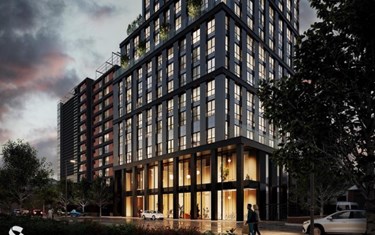 Oscar Wong is the recipient of the RTPI Practitioner Research Grant and the London Young Planner of the Year 2022. He is also a town planning manager at Deloitte Real Assets Advisory.
Oscar Wong is the recipient of the RTPI Practitioner Research Grant and the London Young Planner of the Year 2022. He is also a town planning manager at Deloitte Real Assets Advisory.
Did you know that town planning was once an Olympic sport? Medals were awarded in the non-athletic competition during the Olympic Games held in Amsterdam, Los Angeles, Berlin, and London between 1928 and 1948. While no longer an Olympic sport, town planners still play a crucial role in the Games by shaping post-event legacies and ensuring long-term regeneration benefits. Mega-events, like the Olympics, are urban developments that impact the current urban context, offering not only short-term economic gain and media attention but also opportunities for long-term urban development and regeneration for local citizens.
To fulfil my passion for this topic, I applied for an RTPI Practitioner Research Grant to conduct research on applying lessons learned from post-London and Rio Olympics to the regeneration journey of Tokyo. This grant partially funded my field trips to Rio and Tokyo, where I aimed to identify transferable knowledge focusing on how these approaches can contribute to the advancement of Sustainable Development Goal (SDG) 11 in terms of post-Olympics legacy planning.
Tokyo
Despite initial concerns about the pandemic's impact, Tokyo has been implementing its plan for an Olympic legacy through the regeneration of the Tokyo Bay area and the new Olympic Stadium. While visiting Tokyo, I had the opportunity to witness a family-friendly sporting event at the National Stadium, which showcased its potential to foster social connections within the local community beyond the Olympics. Repurposing the stadium for future use offers long-term benefits to local residents, although there are criticisms regarding potential significant public subsidies after privatisation.

A family-friendly sporting event at the National Stadium in Tokyo

Former athletes celebrated with the Olympics torches
Another part of my site visit was at the Olympic Village in Harumi, Tokyo Bay. The regeneration of the Harumi exemplifies Tokyo 2020's commitment to a lasting legacy, aiming to transform the former Athlete Village into a sustainable residential area, known as Harumi Flag. During my visit, the Olympic Village was under construction, with residents expected to move in by 2024. Although the residential units at Harumi Flag are considered more affordable compared to other places in the same ward, with prices approximately 30% lower, concerns have been raised about the development primarily attracting profit-driven investors, potentially limiting access for those who genuinely want to live there. Certainly, there are valuable lessons to be learned from previous Olympic host cities regarding their post-game strategies for creating social impact legacies.
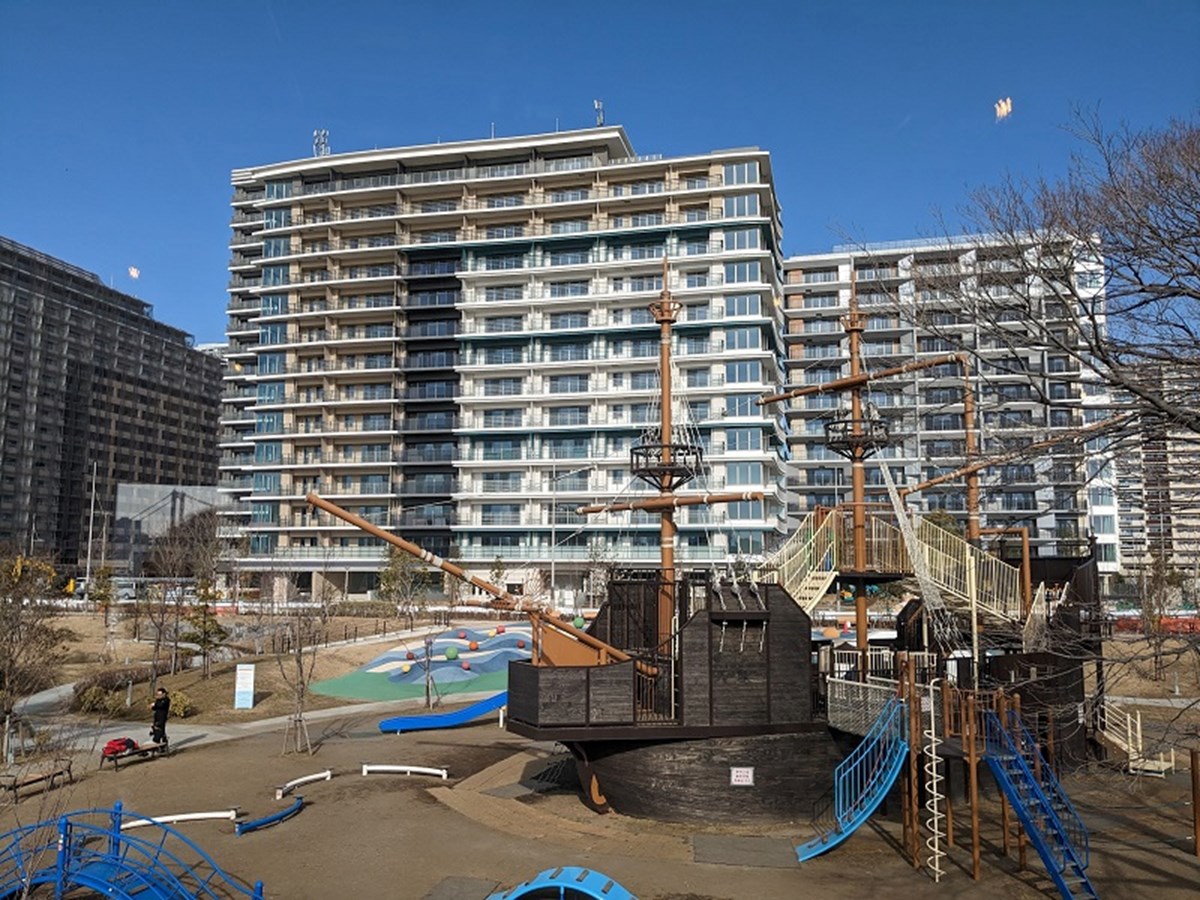
Residential developments and play space in Harumi
Rio
Before visiting Rio, my perception of the 2016 Rio Olympics was primarily shaped by media and academic reports highlighting neglected sporting venues and infrastructure incapable of utilising the regeneration legacy. During my visit, I focused on exploring the existing venues and the Olympic Park located in an area called Barra da Tijuca. I travelled from central Rio via Metro Line 4, reaching Barra at its eastern end. From there, I took the Transcarioca Line of the Bus Rapid Transit (BRT) to reach the Olympic Park. Large numbers of commuters were exiting the BRT stop at the Olympic Park, many of whom appeared to be residents inhabiting the newly constructed residential development west of the park. This development, along with improved connectivity through the BRT investment, resulted in the availability of thousands of new housing units. However, upon arrival at the park, the closed gates and lack of maintenance of the main stadium served as a stark reminder of the potential pitfalls associated with mega-event-driven regeneration.
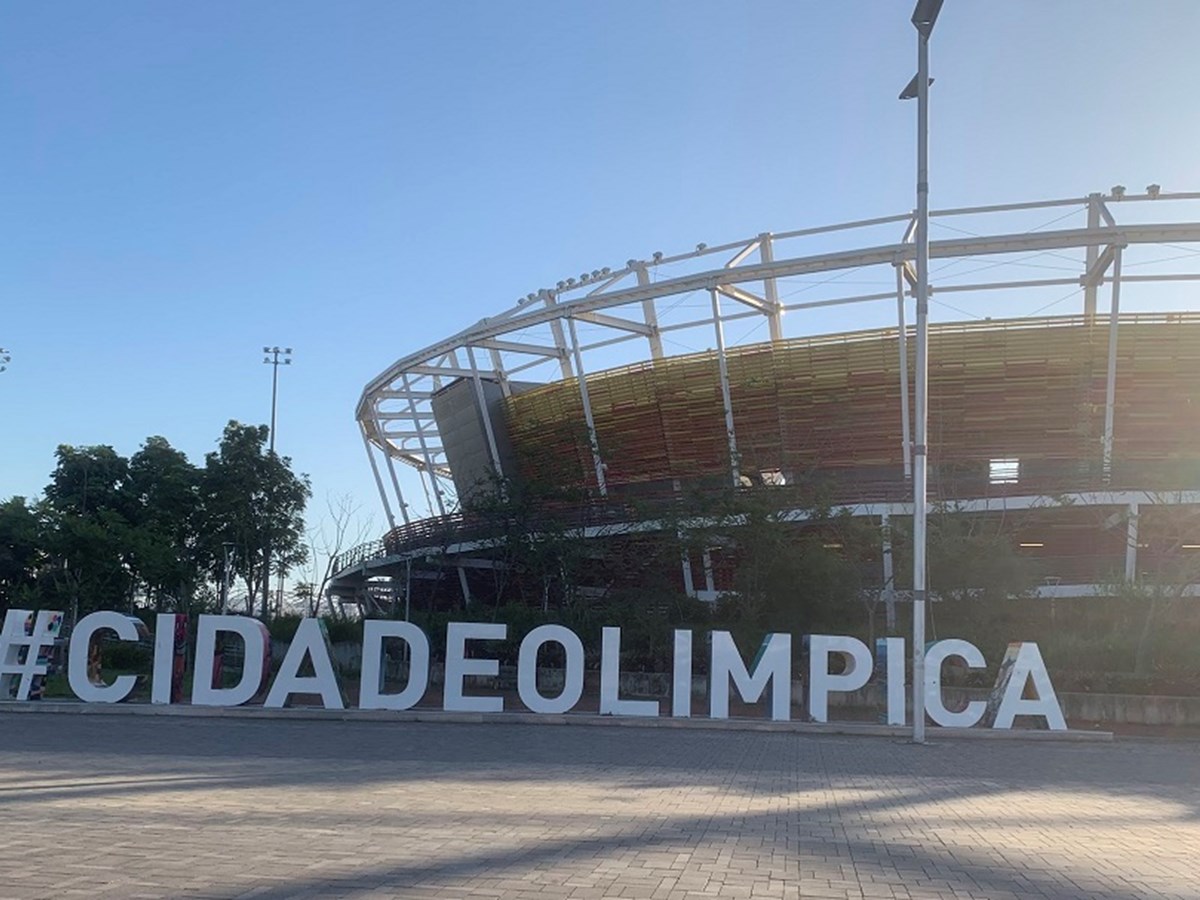
The Olympic stadium in Barra
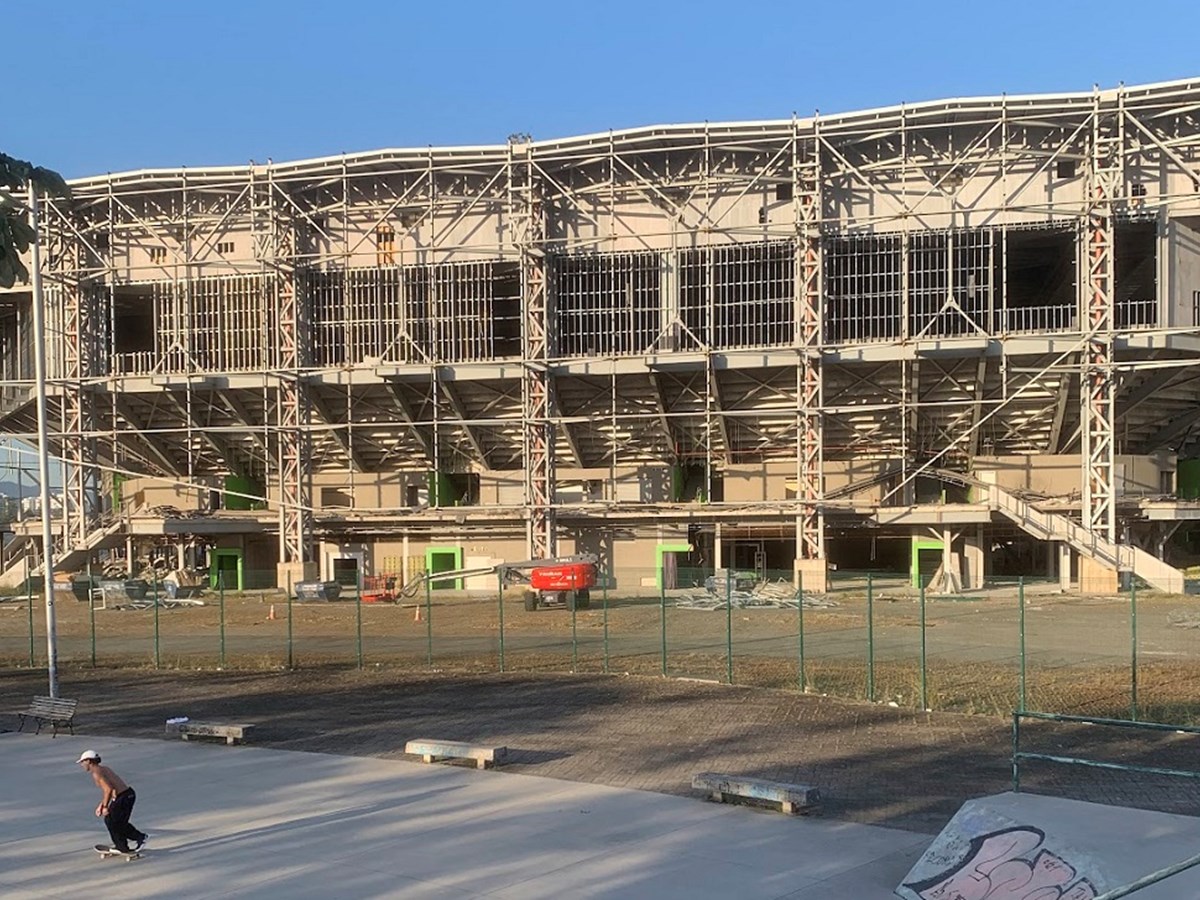
Olympic venues were being demolished
Despite the underutilised venues, some local residents expressed positive experiences, highlighting their enjoyment of running around the park and considering Barra a desirable place to live in Brazil. Following my exploration of Barra, I took the BRT back to central Rio during peak hours. This experience allowed me to witness the effectiveness of the BRT design firsthand, as it facilitated a swift commute despite significant traffic congestion. This efficient transportation system undoubtedly represents a tangible legacy from the Rio Olympics.
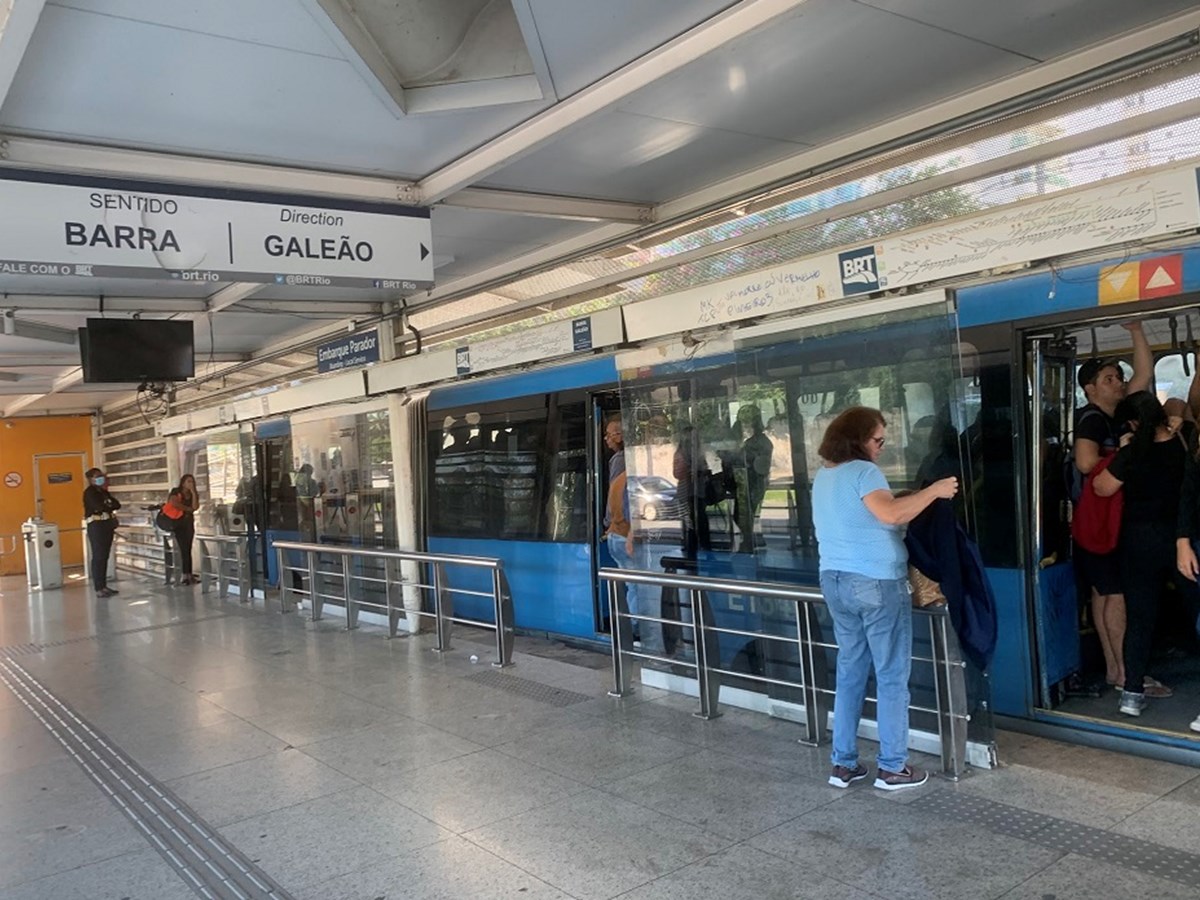
Bus Rapid Transit (BRT) in Rio
London
As a London-based town planner, I am aware of many positive impacts in Stratford through long-term planning and infrastructure investment since the 2012 London Olympics. London's repurposed stadiums for West Ham FC and other venues such as the Aquatics Centre and Velodrome were open to the public for many sporting events. The former Olympics media centre became today’s Here East as an innovative hub for high-skill jobs. The cultural-led Olympic Park development accommodates many new campuses of world-class higher education institutions including University College London and University of the Arts London, as well as Sadler's Wells Theatre.
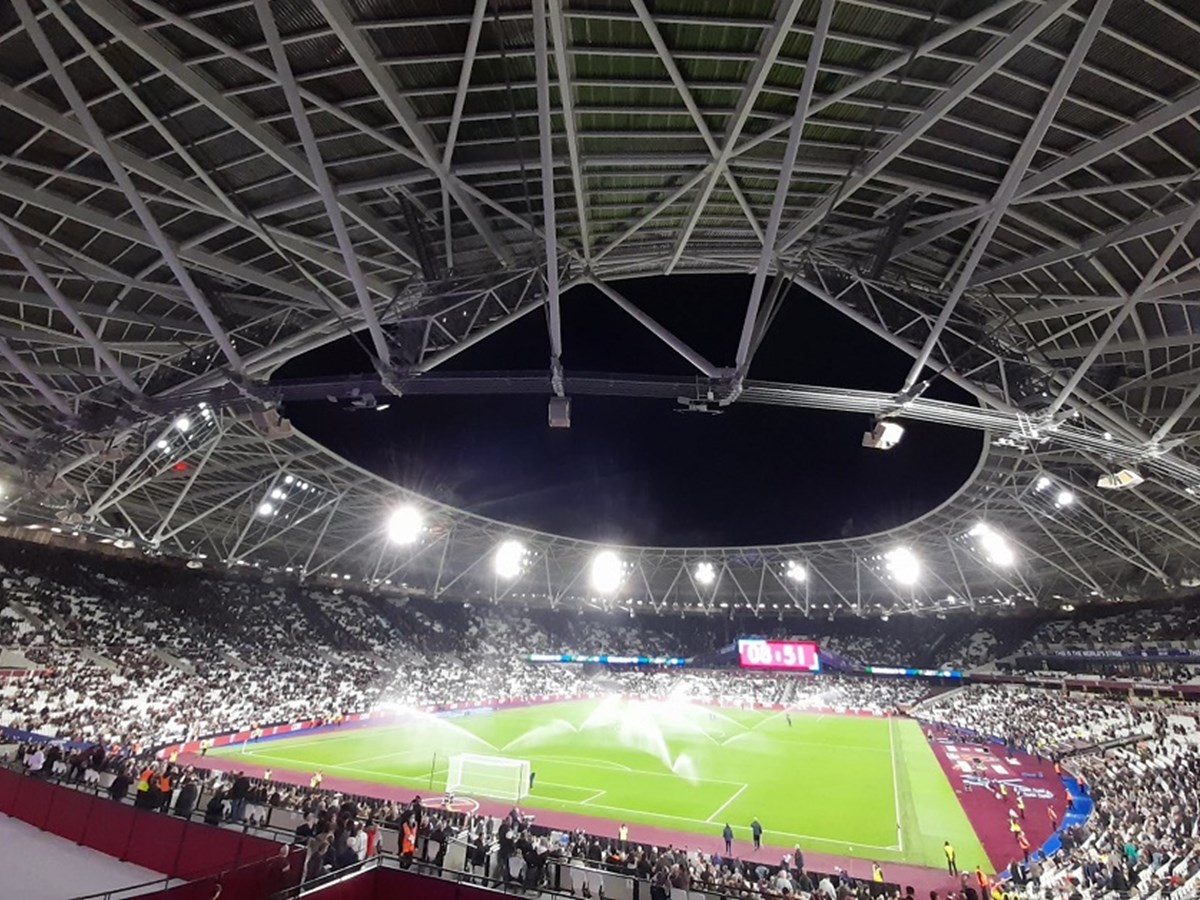
London Stadium, a new home for West Ham FC
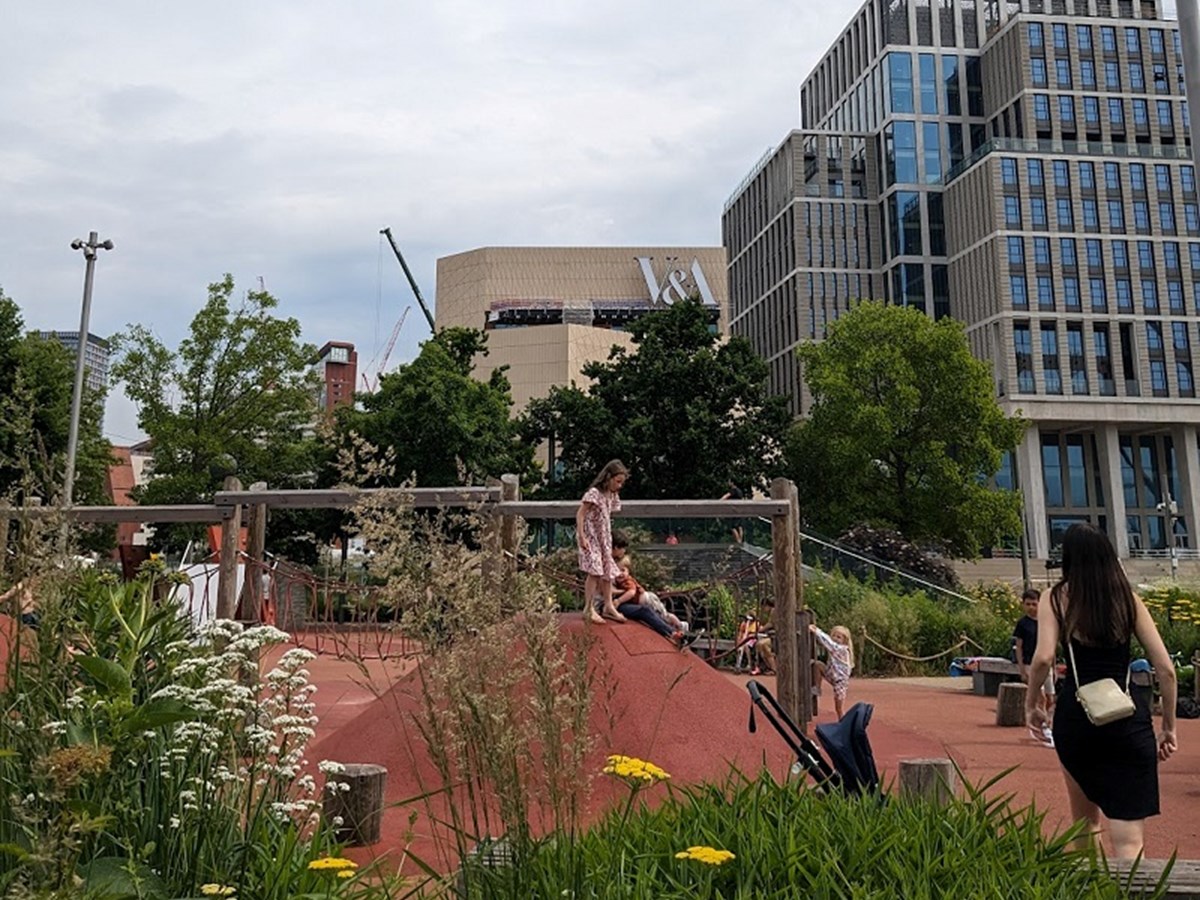
New world-class higher education institutions
The decontamination of land in Stratford hugely improved the polluted environment, which in return attracted private investments coming into wider East London to unlock development opportunities and intensify economic activities. Local residents in the host boroughs may also benefit from the reuse of Olympic facilities, which reshape their social life in a new physical environment. However, London's experience was not without its challenges. The questionable affordability of the new housing supply at the former Athlete's Village for Londoners highlights the potential for gentrification within Olympic regeneration.
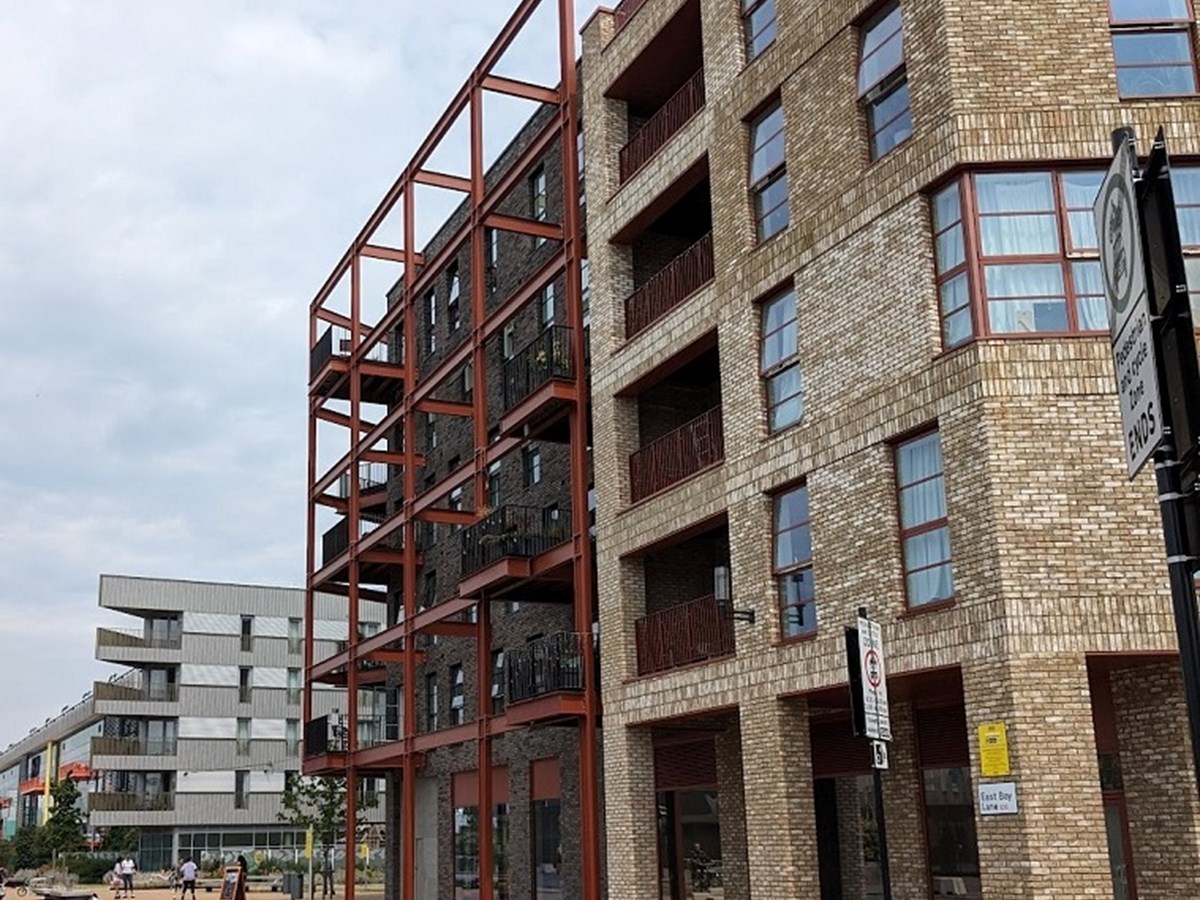
New homes and innovation hubs in Stratford
Areas for further investigation
My initial observations across the London, Rio, and Tokyo Olympics revealed two key themes for further investigation:
- There is a clear trend of Olympics host cities shifting towards demountable or adaptable stadiums, driven by sustainability considerations. However, these should be accompanied by robust post-games plans, that define their lasting purpose, coupled with adequate maintenance and clear financial models to ensure viability.
- While regeneration played a catalytic role in revitalising areas including the Bay Area in Tokyo, Barra in Rio, and Stratford in London, concerns regarding gentrification and displacement require careful consideration. This demands a long-term approach that prioritises the needs and well-being of local communities beyond the fleeting spectacle of the Games.
With the Paris Olympics coming in July, this research topic serves as a timely reminder of the transformative power and complex challenges presented by mega-events. As town planners, we are not mere observers during the Games; we are participants, playing a crucial role in shaping the urban development that will be experienced not only by the athletes and spectators but also by the local citizens. I am currently finalising data collection by interviewing experts in the field and remain open to those who wish to share their thoughts on Olympics-led regeneration, especially those with experience from Rio and Tokyo.

